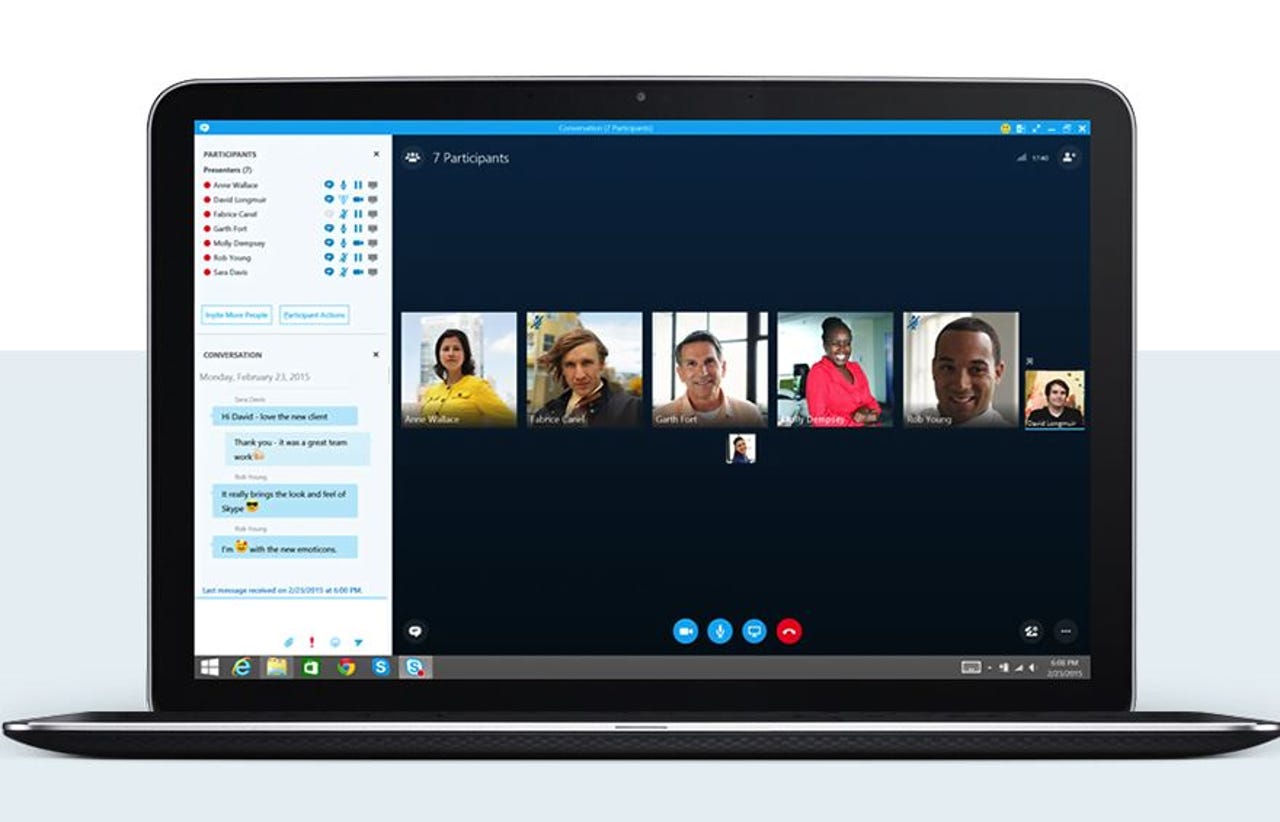What's next for Microsoft's Skype for Business unified communications products

Microsoft has been noticeably mum about its roadmap for Skype for Business.

But that silence may soon end, based on a list of sessions on Skype for Business that are slated for Microsoft's Ignite conference for IT professionals in late September.
According to those sessions, there is, indeed, another on-premises version of Skype for Business coming. One Ignite session, entitled "Plan your UC refresh correctly: Skype for Business on-premises vNext," explicitly calls this out.
Microsoft made generally available its latest on-premises version of Skype for Business (Skype for Business Server 2015) -- its unified communications platform and successor to Lync Server -- available in mid-2015.
While Microsoft officials have emphasized that the company will deliver more on-premises versions of SharePoint Server, they have not, to my knowledge, made the same public guarantees about Skype for Business Server, resulting in a lot of speculation about the Skype for Business' future.
Microsoft also is going to be changing names of some of the services it offers as part of Skype for Business Online, based on information in the Ignite session list. A blurb about the "Is Voice in the cloud right for you?" session says Microsoft will be providing a roadmap for the set of features formerly known as Cloud PBX -- which will be called "Microsoft's Phone System," going forward. Microsoft also is renaming the PSTN Calling features in Skype for Business as "Calling Plan," that same blurb indicates.
In 2015, Microsoft began offering three new Skype for Business services as part of its high-end Office 365 E5 plan: Skype Meeting Broadcast; PSTN Conferencing and Calling and Cloud PBX. Over the following months, Microsoft added more PSTN Calling and Conferencing features, including iOS CallKit integration; Skype for Business client for Mac; and a new Skype for Business Server Cloud Connector edition for connecting on-premises telephony systems to Skype for Business Online. Microsoft added a few more new Skype for Business calling features to the product in March of this year.
Several Ignite sessions seemingly will be dedicated to clarifying the relationship between Microsoft Teams and Skype for Business. Microsoft has been calling its Slack competitor, Teams, "the chat-based workspace in Office 365." The original name of Teams was even "Skype Teams."
Currently, there's a lot of overlap in what Teams and the Skype for Business client offer, feature-wise, as this AvePoint blog post from earlier this year made clear.
The Skype for Business client and Teams both provide instant messaging, real-time presence, voice call, video call, group meetings, and scheduled meetings. Teams, unlike Skype for Business, provides threaded chat. Skype for Business, unlike Teams, provides broadcast meetings, PSTN conferencing and dialing, and video interoperability.
Microsoft's Skype consumer service and Teams both run on the same cloud backbone, as Microsoft officials have confirmed. But Skype for Business (which is Skype in name, but Lync under the covers) does not, as far as I know.
Microsoft Ignite runs September 25 to 29, 2017.
PREVIOUS AND RELATED COVERAGE
Microsoft adds new calling features to Skype for Business
The company is adding an Auto Attendant feature, providing an automated answering and call routing; plus a Call Queues capability, which allows incoming calls to be routed to the next available live attendant in the order received.
Microsoft begins rolling out overhauled Skype consumer app
The updated Skype client has a new look and feel, using more colors, gradients, bold type and "squiggles" (signs of activity). Incorporation of bots and add-ins are front and center in the new design. Users can add stickers, watch movie clips, and play games from inside the new client.